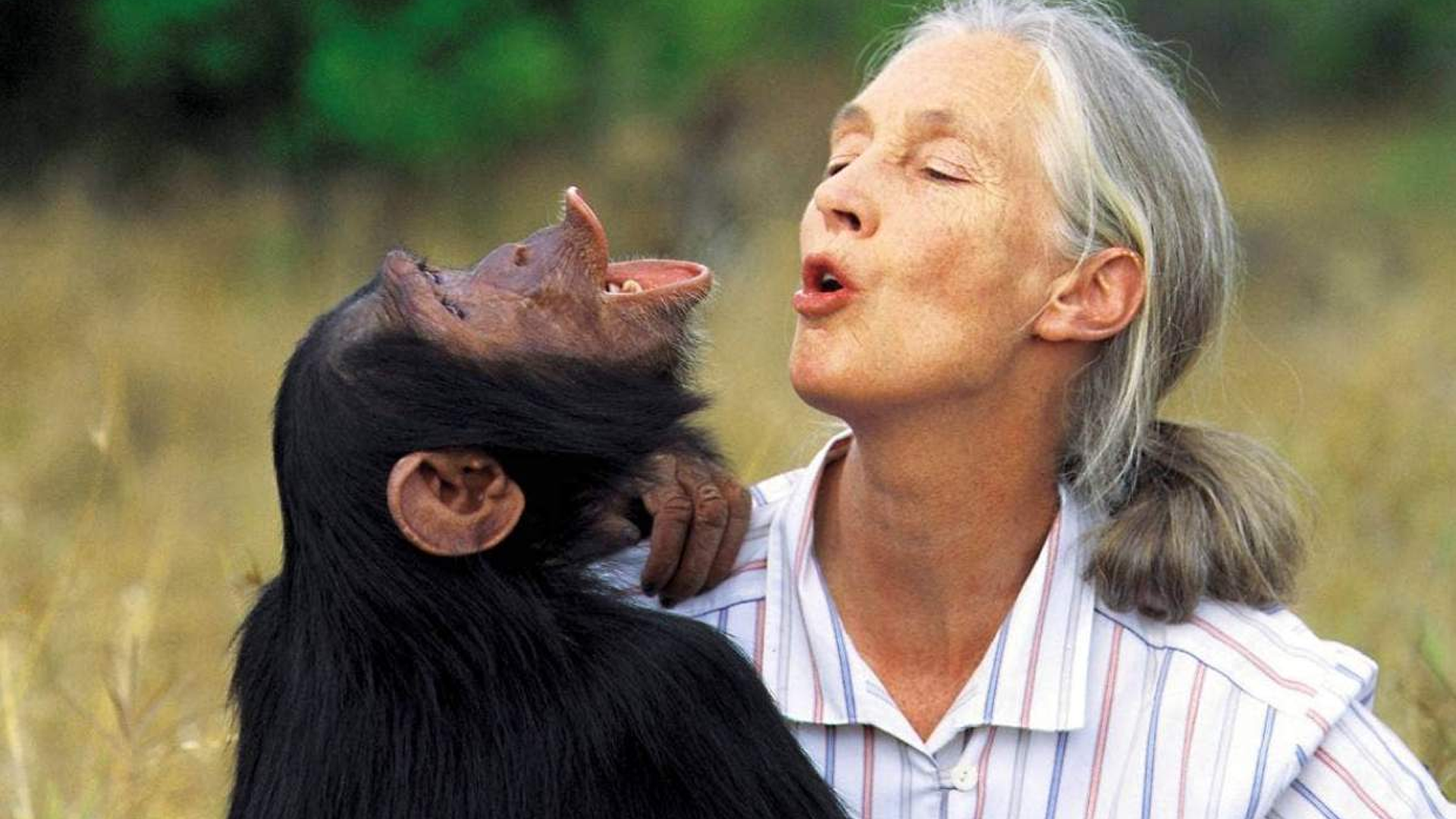Jane Goodall

Biography
In 1960, at just 26 years old and without a college degree, Jane Goodall left England for the forests of Gombe Stream National Park in Tanzania. Sent by paleoanthropologist Louis Leakey, she began a groundbreaking study of wild chimpanzees that defied traditional scientific methods.
Instead of keeping an emotional distance, Goodall observed with patience and empathy. She gave chimpanzees names instead of numbers and noted their personalities, behaviors, and social relationships. This was radical for the time, as most scientists believed animals were purely instinct-driven.
Her most shocking discovery came when she observed chimpanzees stripping leaves from sticks to fish termites out of mounds—clear evidence of tool use. At the time, tool-making was considered a uniquely human skill. This forced scientists to rethink what separated humans from other animals.
Earning a PhD from Cambridge University without an undergraduate degree, Goodall persevered through early skepticism from the scientific community, which criticized her methods as 'unscientific.' Over time, her data and insights proved groundbreaking and helped legitimize a more empathetic approach to animal research.
Living in the wild came with challenges—tropical storms, swarms of insects, long months before the chimps accepted her presence, and the constant threat of poachers. Her breakthrough came when a chimp she called David Greybeard approached her, marking the start of trust and deeper observation.
In later years, Goodall transitioned from research to global advocacy. She founded the Jane Goodall Institute and the Roots & Shoots youth program, promoting conservation, environmental stewardship, and community-led change across the globe.
Even into her 80s, she continues to travel tirelessly, raising awareness about habitat destruction, climate change, and the moral responsibility humans have toward other species.
Jane Goodall didn’t just redefine the boundaries of science—she redefined our relationship with the natural world. By proving that empathy and rigorous observation could coexist, she shattered old ideas about what it means to be human and what it means to respect other species. Her life’s work bridges the gap between research and activism, showing that discovering the truth is only the first step—fighting for it is where real change happens. Goodall’s legacy is a call to action: curiosity can be your starting point, compassion your compass, and persistence your power.
?
How did Jane Goodall’s methods change the way scientists study animals?
Why was her discovery of tool use by chimpanzees so groundbreaking?
What challenges did she face as a young woman conducting research in the 1960s?
How does Goodall’s later activism connect to her early research?
What role can young people play in conservation efforts today?
Why is empathy important in scientific research?
Dig Deeper
Born on April 3, 1934, in London, England, Jane Goodall set out to Tanzania in 1960 to study wild chimpanzees. She immersed herself in their lives, bypassing more rigid procedures to make discoveries about primate behavior that have continued to shape scientific discourse.
Legendary primatologist Jane Goodall tells Stephen about her Vote For Nature campaign and makes a keen observation about the similarities between certain male politicians and their wild counterparts.
Discover more

Maria Sibylla Merian
Pioneering naturalist-artist who documented insect metamorphosis and plant–insect relationships with scientific accuracy, laying early foundations for ecology.

Milly Zantow
Long before recycling bins became a normal part of curb‑side life, Milly Zantow invented the numbered triangle system that tells the world which plastics can be recycled.

Wangari Maathai
Wangari Maathai founded the Green Belt Movement, planted over 40 million trees in Kenya, and became the first African woman to receive the Nobel Peace Prize.
Further Reading
Stay curious!

